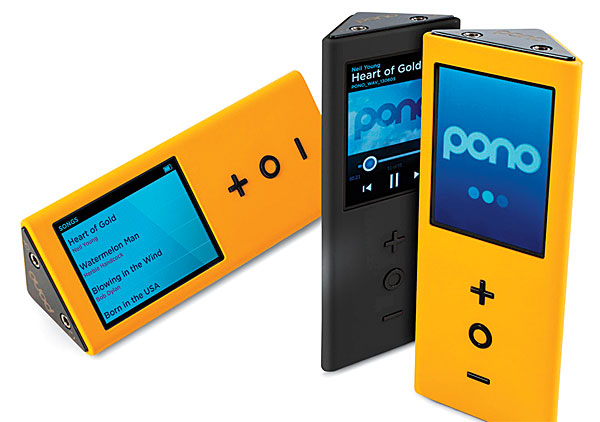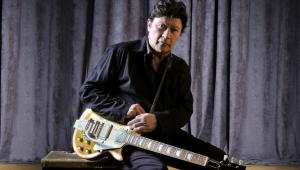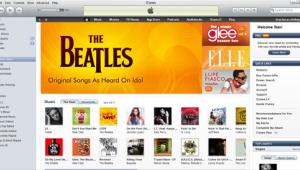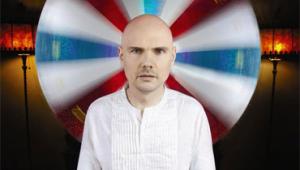- REVIEWS
Displays Electronics 
Speakers Sources 
Other Gear Software - TOP PICKS
- HOW TO
How To Buy 
How To Use 
Tech 101 - BLOGS
- NEWS
- FEATURES
- INSTALLS
Custom Installation - SUBSCRIBE
Pono Update

Neil Young’s Pono has come a long way since we previewed it last summer. The key thing: It launched. Originally scheduled to roll out in October 2014, Pono finally debuted in early January 2015, shipping pre-ordered players to its Kickstarter supporters and opening its music store the same day. The milestone was heralded by Young at a press conference during this year’s Consumer Electronics Show. Curious listeners can now buy their own Toblerone-shaped Pono player for $399.
The Pono player will also reportedly add DSD playback via a forthcoming software update. At present, the player supports the FLAC, ALAC, WAV, and AIFF formats.
|
| |||||||||
| Displays Electronics Speakers | Sources Other Gear Software | Top Picks of the Year Top Picks | Custom Install How To Buy How To Use |
Tech 101
|
Latest News Features Blogs | Resources Subscriptions |
WHERE TECHNOLOGY BECOMES ENTERTAINMENT
 © 2025 Sound&Vision
© 2025 Sound&VisionAVTech Media Americas Inc., USA
All rights reserved



























































